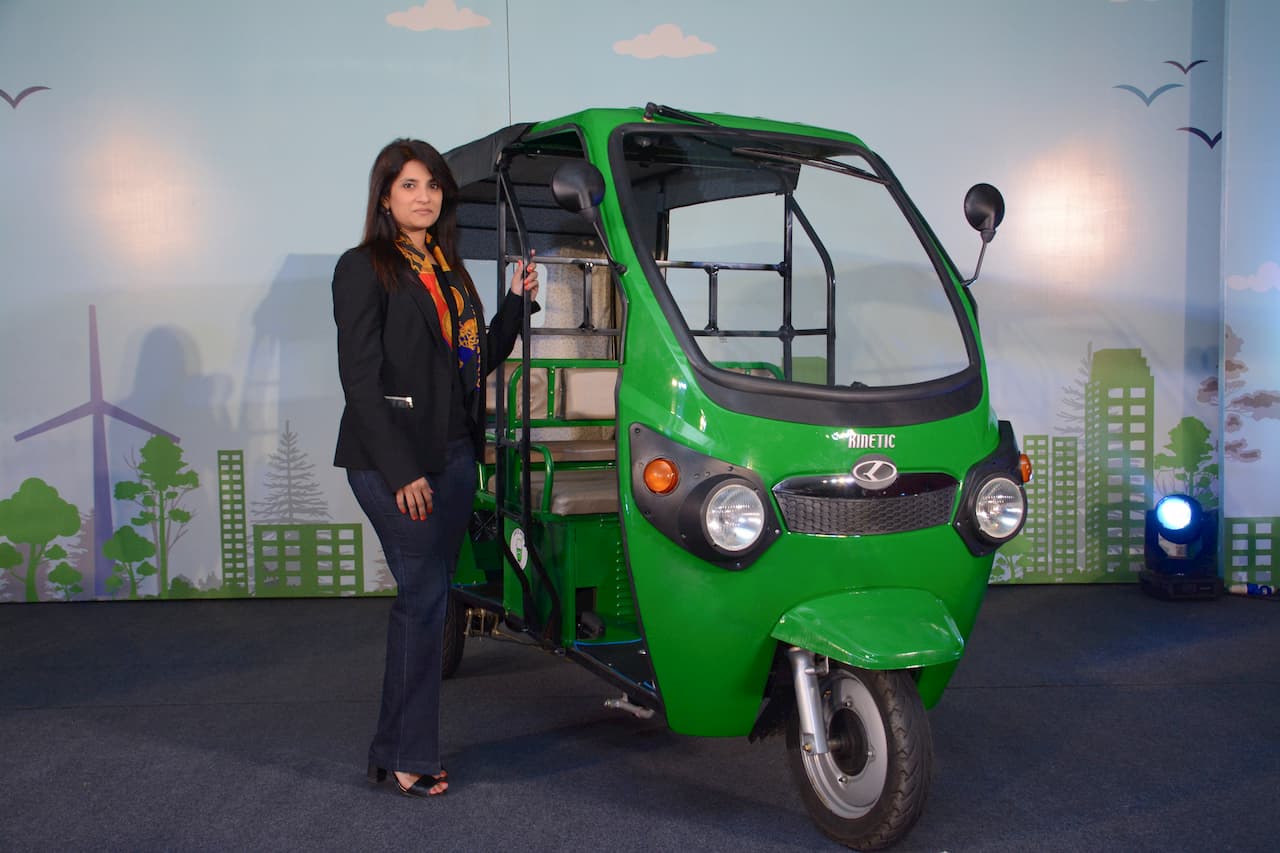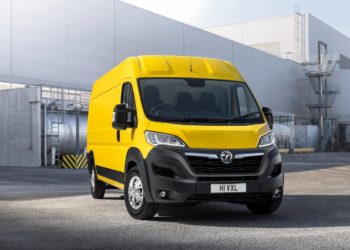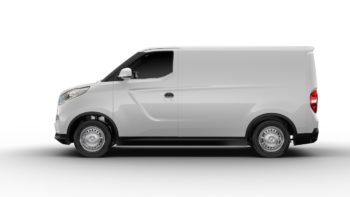Even as electric three wheeler adoption gathers speed in the local market, Pune based Kinetic Green Energy & Power Solutions Limited has set its sight on global market with a Neighborhood Electric Vehicle (NEB) under the Lamborghini brand. Made in India for the world, the NEB will hit the roads in Q1 of 2021. An introduction of premium NEB is part of Kinetic’s vision of being a full range player in the EV space.
Apart from electric cycle, a low to high speed three wheelers for both passenger and load and NEB being added to its portfolio for global market, Sulajja Firodia Motwani, the MD of Kinetic Green tells Electricvehicleweb.in that her hands full with a range of vehicles and there is no plan to reintroduce the brand Luna right now.
COVID-19 has already triggered a push towards personal mobility and there are an explosion of opportunity in the last mile home delivery market which Kinetic Green intends to capitalize on, says Motwani.
What are plans of Kinetic Green for the three wheeler space?
Sulajja Firodia: Three wheelers is the low hanging fruit, because of the nature of the transport, the commercial consideration and the total cost of ownership. The driver can earn much more and spend much less and hence has a bigger take home profit.
We began our journey with low speed as the market was still evolving in terms of the price parity and the adoption of the segment. But now we have started moving aggressively to the highest speed and high technology versions. We have recently introduced the L5 electric three-wheeler, in the loader or cargo category.
So apart from two three wheeler in the low speed passenger category, we now have a three tier in the cargo solutions. One is a low speed variant with a top speed of 25 kmph. Then we have a vehicle that goes up to 40 kmph and carries upto 400 kg of payload.
The third model which is under homologation it is based on a new platform altogether, it has a top speed of around 55 kilometers per hour and half tone load carrying capacity – it has hydraulic brakes, independent suspension etc. We have decided to come under high speed or higher end in the market in the cargo solution right now. As we believe post COVID-19 this segment will pick up faster.
While shared mobility has taken a hit, there is a big demand that’s coming up for home delivery. Customers like e-commerce companies and their third party logistic partners, secondary distribution, in all of these segments we are seeing great demand on the cargo solutions – last mile delivery. Eventually we will also introduce the high speed passenger vehicle.
When do you see high speed vehicles becoming mainstream?
Sulajja Firodia: The high speed passenger carrying three wheeler market will take some time to pick up and attain a decent scale. One could be because of government regulation of permit waivers. Secondly, also the price parity, people are questioning why I should spend more and buy electric when I don’t know much about the technology.
However with the battery swapping the equation changes. The moment you have battery swapping, the cost comes down to Rs 1.5 lakh then there will be more penetration, so it will evolve. So I believe that it will come, it is just a matter of certain more distance technology has to cover. I also expect that the government can come out with some kind of a mandate for quicker adoption of electric three wheelers.
Do you have plans for electric quadricycle?
Sulajja Firodia: We don’t have any plans for Quadricycle as yet, as we have our hands full with multiple options on electric three wheelers space, we want to be aggressive there with product, price points and formats.
Also we have done a lot of work on battery swapping partnerships, we have tied up with BPCL, Ola Electric and Sun Mobility. We have pilots happening in different locations. We are quite focused on getting that structure up and running.
With Ola, we are doing a pilot in Gurgaon, with 200 vehicles running on battery swapping. With BPCL, we have pilots running in Kochi and Lucknow, they have been currently halted because of covid. There are 8 stations, where this project is going on. Also the golf cart project with exports opportunity, so we have our hands full for the next 12-24 months.
What about exports opportunity for Kinetic Green electric vehicles?
Sulajja Firodia: Coming to export opportunity, we found in fact that the regulatory framework in export markets for electric vehicles is even more nascent than in India. In India, there is a higher push for electric three wheelers and buses, government has clarified a lot of things.
If you look at the other markets, the three wheeler is really a niche, be it in South America, Europe, Africa or South Asian markets. So I think in these markets, the regulatory framework is quite nascent. There will be an opportunity, but will take a long time to deploy meaningful numbers, there is no clear framework on custom duties, registration and taxation.
We are still quite focused on India, bullish on the Indian market for low speed as well as cargo solution in the short term, more bullish than the exports market.



